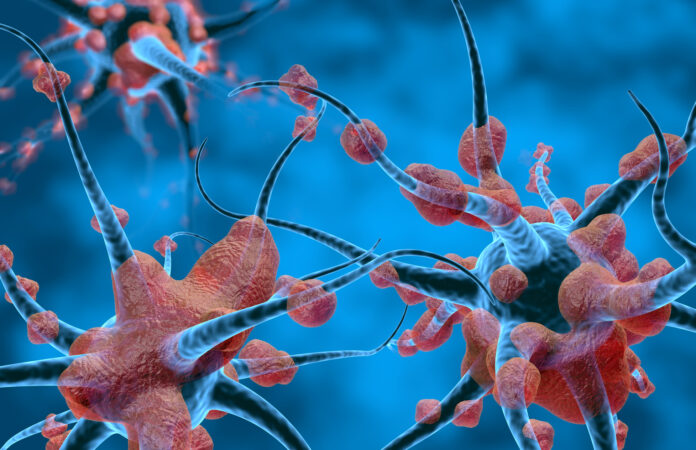
New research from the Jackson Laboratory (JAX) has uncovered how genetic variations influence retinal aging, offering new insights into potential diagnostic and therapeutic approaches for neurodegenerative diseases like Alzheimer’s disease. The findings, published in Molecular Neurodegeneration, could provide new methods for using the retina as a biomarker for brain and eye health and to predict neurodegenerative conditions.
“The eye is a crucial organ, and this research fills an important gap in our understanding of aging,” said Gareth Howell, PhD, a professor for glaucoma research at JAX. “But beyond that, the eye is a window into the brain. By understanding how the healthy eye ages, we may be able to work toward new ways of using the eyes to determine people’s risk of developing diseases like Alzheimer’s.”
The study analyzed retinal aging in nine different strains of mice, each representing a distinct genetic background and mimicking the genetic variability found in humans. This genetic diversity of the study allowed for a more complete understanding of the variability of age-related changes in genes and proteins of the retinas in contrast with previous studies that have relied on a single strain of genetically identical mice.
The research focused on both young and older mice, performing in-depth genetic and protein analyses to show molecular changes over time. The investigators said that, while all the mice showed expected age-related retinal degeneration, the severity and specific changes differed widely among strains. For instance, two of the mouse strains—Watkins Star Line B (WSB) and New Zealand Obese (NZO)—were identified as suitable models for human retinal diseases.
In particular, the WSB mice showed characteristics of age-related macular degeneration (AMD) and retinitis pigmentosa (RP), while the NZO mice, which are known for severe obesity and diabetes, developed diabetic retinopathy (DR). Gene and protein analysis of the two different strains of mice predicted the later development of age-related eye diseases.
“It was promising to see that the molecular data we generated predicted specific retinal cell abnormalities in these two strains,” said co-first author Olivia Marola, PhD, a postdoc researcher in the Howell lab at JAX. “When we saw unique changes in NZO’s retinal ganglion cells at the molecular level, sure enough, we saw drastic functional changes in those cells.”
This discovery is not only relevant for vision research but could also have broader implications for neurodegenerative diseases. The retina is a direct extension of the brain, and understanding how it ages could provide insights into Alzheimer’s disease and other forms of dementia. For example, the retinal changes observed in this study could eventually be used as noninvasive biomarkers to predict or diagnose neurological decline before more significant symptoms appear.
In one of the most striking findings, the WSB strain showed pronounced rod-specific photoreceptor loss with aging. This was particularly relevant because, in humans, RP typically affects peripheral vision first, while AMD impacts central vision. The WSB mice exhibited a pattern of central retinal degeneration that closely resembled AMD, which could be helpful in modeling human retinal diseases.
The researchers also observed that the NZO strain developed vascular changes similar to those seen in diabetic retinopathy, including microvascular dysfunction and retinal ganglion cell loss. This makes NZO mice a novel and more accurate model for studying the progression of diabetic retinopathy and its associated neurodegeneration.
The study created a comprehensive multi-omics dataset that researchers can access to investigate retinal aging across various genetic backgrounds. These publicly available data will help other scientists refine their models and further study the molecular mechanisms of retinal aging and degeneration. The next steps for this research involve investigating the specific genes and proteins responsible for the observed retinal changes and understanding how these findings may translate to brain health.








![Best Weight Loss Supplements [2022-23] New Reports!](https://technologytangle.com/wp-content/uploads/2022/12/p1-1170962-1670840878.png)




